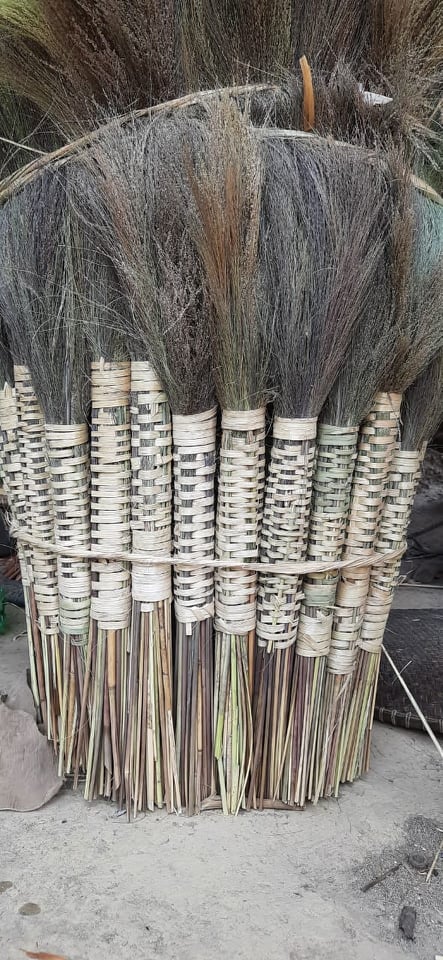2.GOVERNANCE
UCRT builds the capacity of local governance institutions and the communities they serve to understand their rights, roles and responsibilities. Communities are supported to put in place governing structures to support sustainability of land and natural resources. Also capacity building is carried out to ensure that these governing structures are transparent and accountable. This also promotes the rights of women to take leadership positions and have their voices heard in decision-making processes. UCRT engages in advocacy and policy dialogue to help shape supportive conditions for sustainable community-based natural resource management. As part of the management process, communities come up with natural resource governing by-laws to support enforcement and implementation of practices to support sustainable ecosystems. Also for pastoral groups, grazing plans and calendars are set to ensure a holistic approach in the use and to sustain natural resources for now and the future.
In order to enable the success of these building blocks participation is essential. We believe that empowerment is crucial for equitable engagement and representation for effective resource management. Conflict resolution is also a key piece of the process We meditate conflicts in order to gain stronger participation and for collective action in the sustainable management of community connected land.
NATURAL RESOURCE BENEFITS—the ultimate aim of UCRT’s efforts is to enable communities to benefit from their sustainably managed land and natural resources in order to improve their livelihoods. There are several key steps to this—building local capacity, strengthening governance institutions, securing rights and tenure, improving management, and finally generating benefits. We identified that UCRT needs to engage in all aspects of this process, or, through their foundational work on capacity building, governance, and securing rights are they delivering enough critical impact that only they can provide.
WOMEN’S ECONOMIC EMPOWERMENT— Capable women are often prevented from holding leadership positions due to their poverty. The entry point for these activities will be women in the Women Right’s and Leadership Forums that UCRT already works to strengthen. UCRT will build its internal capacity in order to directly assist women to develop nature-based livelihoods. UCRT will also work closely with partners who already have skills in naturebased enterprise development to bring additional knowledge, skills and opportunities to the WRLFs.
